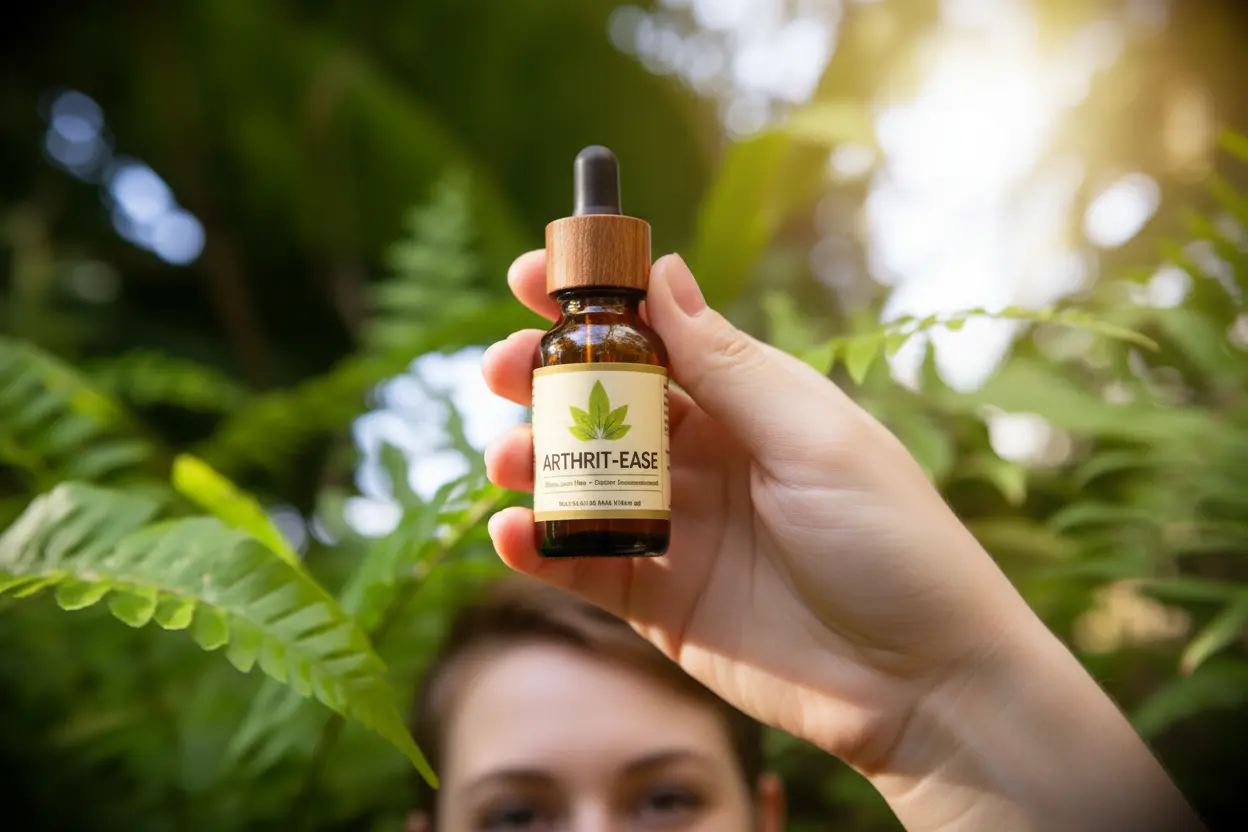Nearly 10 million people in France, mostly women over 40, deal with the nagging aches, stiffness, and swelling of arthritis every day. But there’s good news in the world of aching joints—nature has an ally that’s getting doctors on board at last. Could an essential oil be the unsung hero arthritis sufferers have been waiting for?
A Real Pain: The Widespread Reach of Arthritis
It’s no secret that arthritis tops the charts as the most common joint disease around. The signs? They’re hardly discreet. Pain, swelling, stiffness, and trouble moving the affected joint—whether that’s a knee, a hip, a wrist, or even a finger. Arthritis doesn’t discriminate, and it often makes everyday life difficult for people, especially women after the age of 40. But before you resign yourself to endless complaints about the weather and bad knees, keep reading—relief might be closer than you think.
The Natural Standout: The Essential Oil Taking Center Stage
Alongside the usual suspects in arthritis treatment (think prescription medications and classic remedies), a true star is emerging from the world of natural pharmacopoeia: an essential oil that’s improving joint comfort in ways that make the science crowd sit up and take notice. This oil is rich in methyl salicylate—a molecule known for its ability to inhibit certain pro-inflammatory mediators that trigger pain sensations. Simply put, it soothes by targeting the source of the pain with a natural compound.
You might’ve heard of it as « the athlete’s essential oil »—and for good reason! Not only does it deliver a « warming » sensation during massage, it also works as a muscle and joint relaxant after physical exertion or sports sessions. Its rather strong, camphor-like smell might not be to everyone’s taste (it’s definitely not a perfume), but for those who push past the scent, it’s a game-changer for joint discomfort and post-exercise recovery.
Wintergreen: The Anti-Spasm, Anti-Pain Powerhouse
Let’s get specific: the hero here is wintergreen essential oil (both the so-called ‘lying’ and ‘scented’ versions offer the same therapeutic perks). Philippe Chavanne, author of “Les anti-inflammatoires naturels,” describes wintergreen as both antispasmodic and pain-relieving—a natural anti-inflammatory that can offer rapid relief for a range of joint and muscle pains, especially arthritis and tendinitis.
Here’s how to use it:
- Apply the essential oil topically—directly to the skin or as a massage—on the affected area.
- This can be done up to three times a day (no need to overdo it—after all, a little goes a long way with essential oils).
Thanks to its warming, muscle-relaxing properties, wintergreen oil is ideal not only for those daily aches but also as a post-workout companion. Sore knees after a jog? Stiff fingers after knitting? This oil just might become your joint’s new best friend.
Safety First: What You Need to Know Before Using
Of course, even a natural remedy comes with important precautions. Wintergreen essential oil is not for everyone. It should not be used:
- By children under 12 years of age
- By pregnant or breastfeeding women
- If taking anticoagulant medication or if you have bleeding disorders
- If you have eczema, asthma, or digestive ulcers
This is clearly outlined in Danièle Festy’s « Ma bible des huiles essentielles. » And if you’re eager to give it a try, remember:
- Don’t use it for more than 8 consecutive days
- Always carry out an allergy test first: place one drop of wintergreen essential oil in the crook of your elbow and wait 24 hours to check for a reaction
A little diligence now can save you a lot of trouble later. After all, even superheroes have their weaknesses (kryptonite, anyone?).
In summary: arthritis may be widespread and persistent, but wintergreen essential oil has earned its spot in the natural-first aid kit for joint discomfort. Adding it safely to your self-care routine could mean saying goodbye to unnecessary suffering—and if the scent isn’t your favorite, remember: relief is always in style! As always, check the labels, listen to your body, and consult your doctor if you’re not sure. Here’s to joints that move (and a life that moves with them)!

John is a curious mind who loves to write about diverse topics. Passionate about sharing his thoughts and perspectives, he enjoys sparking conversations and encouraging discovery. For him, every subject is an invitation to discuss and learn.






